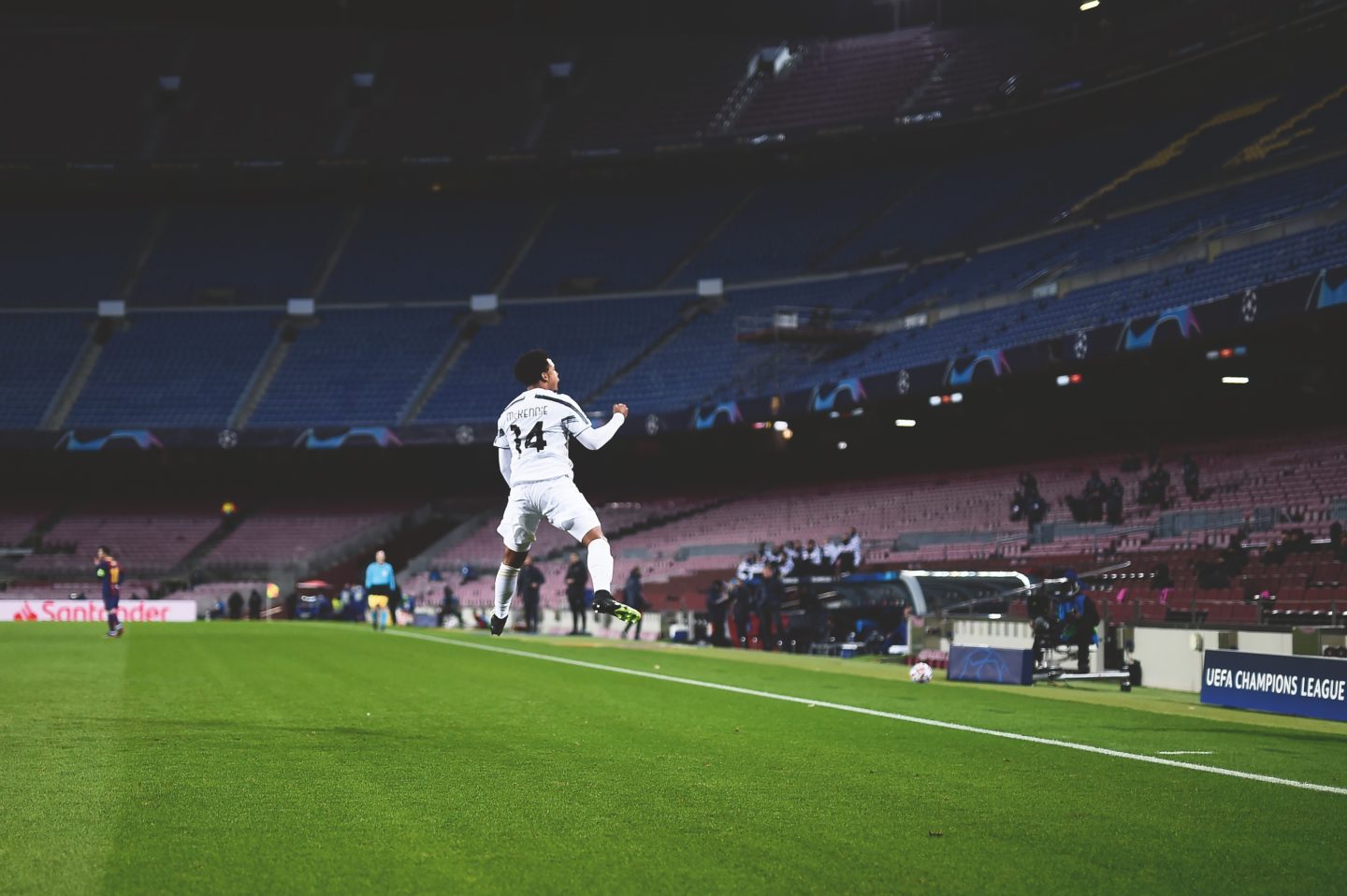Empty stadiums, canceled fixtures and a massive loss of revenue: the pandemic has wrought havoc on everything from the Olympics to the Superbowl. But some sports have adapted better than others.
The Super Bowl is usually America’s biggest sporting event, on a par with Thanksgiving and Christmas. COVID-19 took the shine off this year. There were 25,000 fans allowed at Tampa’s Raymond James Stadium, far short of the 65,890 capacity. Hit hard by the pandemic, some of the world’s biggest brands, such as Budweiser and Coca-Cola, which have in years past put out famous commercials for the National Football League’s ultimate match, pulled out this year. The broadcaster CBS only sold out its inventory of commercial slots about a week before kick-off; in normal times, they’re sold out months in advance. But times are anything but normal.


